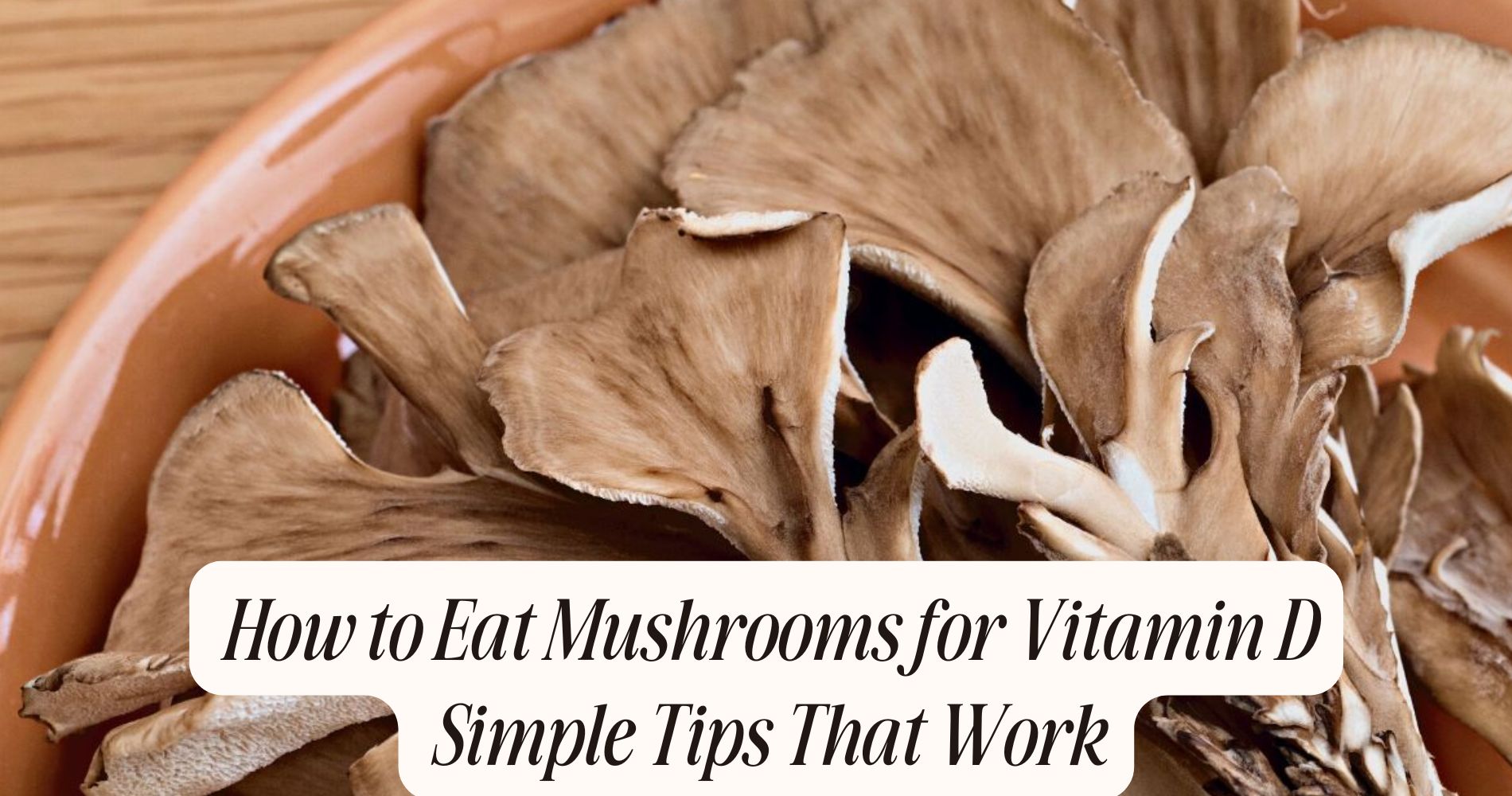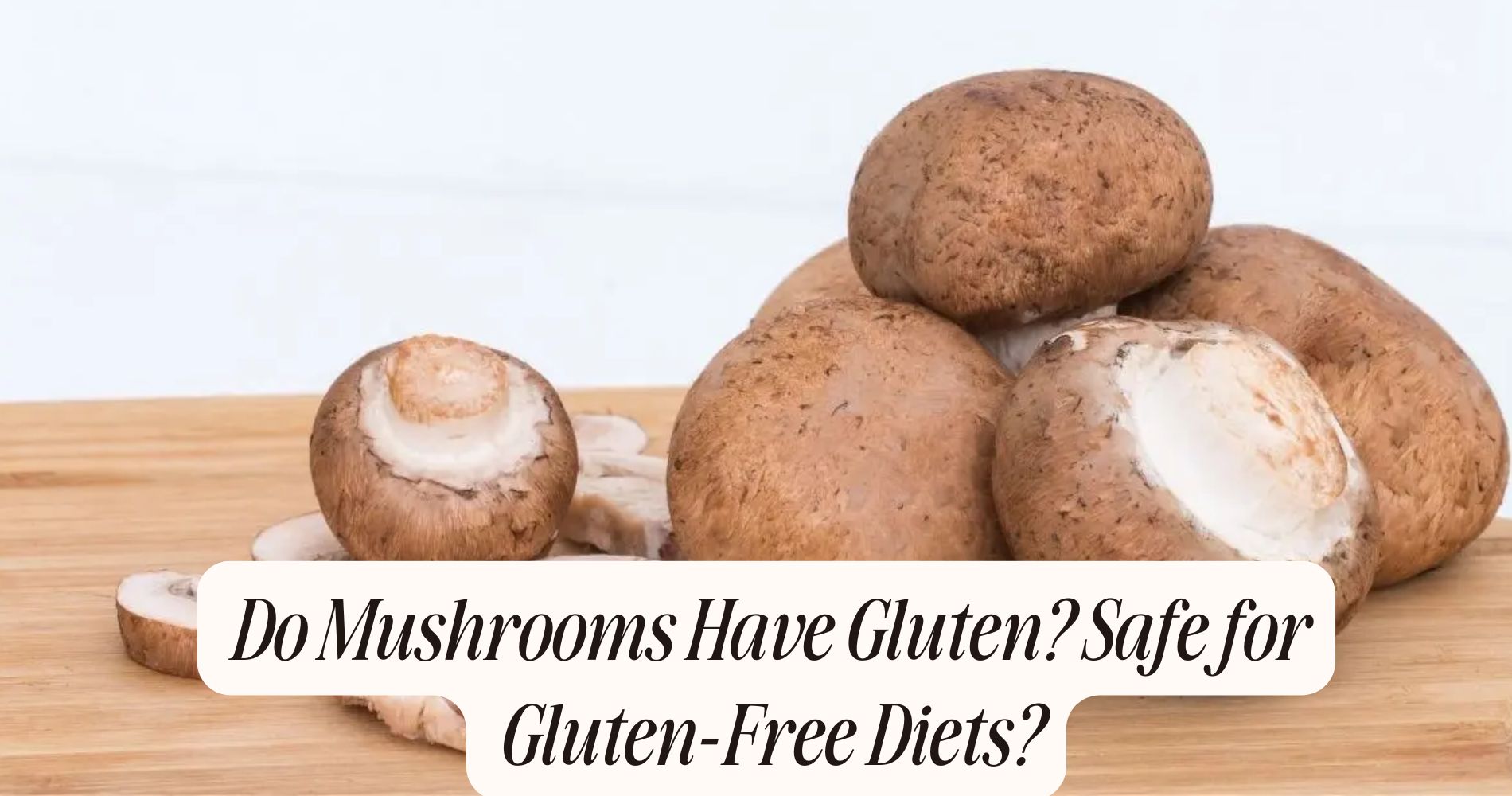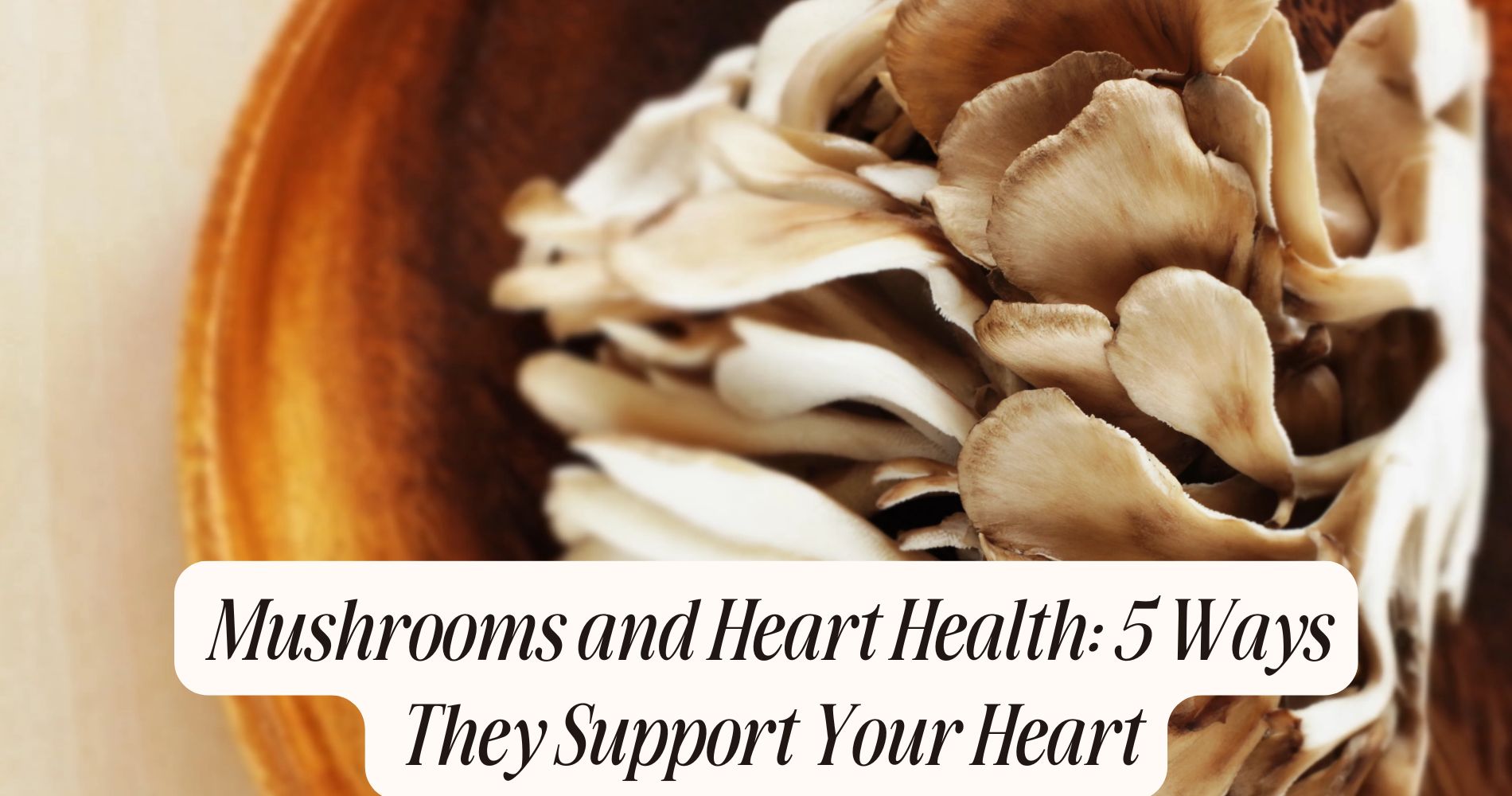
How to Eat Mushrooms for Vitamin D Simple Tips That Work
How to eat mushrooms for vitamin D? If you're looking to boost your Vitamin D intake, mushrooms can be a delicious and effective choice. Certain varieties, especially those exposed to UV light, pack a powerful punch of this essential nutrient. However, not all mushrooms are created equal, and the way you prepare and cook them matters. Let’s explore how to select, prepare, and incorporate these fungi into your meals for maximum health benefits.
Understanding Vitamin D and Its Importance
Understanding Vitamin D and its importance is essential for maintaining overall health. This crucial nutrient helps regulate calcium and phosphorus, promoting strong bones and teeth.
You can get Vitamin D from various sources, including sunlight, fortified foods, and certain mushrooms. Incorporating these vitamin D sources into your diet can greatly enhance your well-being.
Research shows that adequate Vitamin D levels can improve immune function, reduce inflammation, and lower the risk of chronic diseases like diabetes and heart disease.
By ensuring you consume enough Vitamin D, you’ll not only support bone health but also boost your overall vitality.
Choosing the Right Mushrooms for Vitamin D
When it comes to boosting your Vitamin D intake, not all mushrooms are created equal. Look for shiitake and maitake varieties, as they’re particularly high in this essential nutrient.
Shiitake mushrooms offer numerous health benefits, including improved immune function and heart health, while also providing a significant Vitamin D boost when exposed to sunlight.
Maitake mushrooms, on the other hand, are known for their diverse varieties, such as the hen of the woods, which can also enhance your Vitamin D levels.

When selecting mushrooms, aim for those labeled as UV-exposed; they contain higher concentrations of Vitamin D.
Incorporating these mushrooms into your diet can help you effectively increase your Vitamin D intake and reap additional health benefits.
How to Prepare Mushrooms for Maximum Nutrients
To maximize the nutrients in mushrooms, you should focus on how you prepare them.
Start by using effective slicing techniques. Thinly slicing mushrooms increases their surface area, allowing for better nutrient absorption when you cook or soak them.
Speaking of soaking methods, it’s best to avoid soaking mushrooms for too long, as they can absorb excess water and lose flavor. Instead, give them a quick rinse and pat them dry.
If you’re using dried mushrooms, a brief soak in warm water can help to rehydrate them while preserving their nutrients.
Cooking Methods That Enhance Vitamin D Levels
After preparing mushrooms to maximize their nutrient content, it’s important to contemplate how cooking methods can further enhance their vitamin D levels.
Roasting techniques are particularly effective, as the high heat can help release and concentrate the vitamin D present in mushrooms. Aim for temperatures around 400°F for ideal results.

Sautéing methods also work well; use a bit of healthy oil to improve absorption of fat-soluble nutrients like vitamin D. Keep the cooking time short to retain more of the mushrooms' nutrients.
Both methods not only improve flavor but also maximize the bioavailability of vitamin D, making your dishes both delicious and nutritious.
Incorporating Mushrooms Into Your Daily Diet
Incorporating mushrooms into your daily diet can be a simple and effective way to boost your vitamin D intake. Start by exploring various mushroom varieties, like shiitake, maitake, and portobello, which are rich in this essential nutrient.
You can easily add them to your meals. Try sautéing sliced mushrooms for breakfast in an omelet or mixing them into your lunch salad. For dinner, consider adding roasted or grilled mushrooms to pasta dishes or stir-fries.

Don’t forget about incorporating them into soups or stews for added flavor and nutrition. With countless daily recipes available, you can enjoy diverse meals while maximizing your vitamin D levels.
Just remember to cook them properly to enhance their health benefits!
Other Foods That Complement Mushroom-Based Dishes
Mushroom-based dishes can be even more delicious and nutritious when paired with complementary foods. Consider incorporating proteins like chicken, beef, or tofu to enhance the dish's nutritional profile. These proteins not only provide essential amino acids but also create delightful mushroom pairings, balancing the earthy flavors.
Pairing mushrooms with garlic and onions can elevate the flavor profiles, adding depth and richness to your meal. Additionally, leafy greens such as spinach or kale bring vibrant colors and nutrients, while grains like quinoa or brown rice offer satisfying textures.
Don't forget about herbs and spices! Fresh thyme or rosemary can perfectly complement the mushrooms, creating a harmonious blend of flavors that’s both tasty and healthy. Enjoy experimenting with these combinations!
A Tasty Way to Get More Mushrooms
If you’re looking for an easier, more delicious way to enjoy the benefits of mushrooms—without cooking—try SUPER MUSHROOM GUMMIES from Well Gummies. Each chew is packed with 10 functional mushrooms that support energy, focus, and immunity. With a fresh wild berry flavor, these vegan gummies taste like your favorite candy—no jitters, no crash. Convenient, powerful, and enjoyable, they’re the perfect daily boost for a healthy body and clear mind.
Frequently Asked Questions
Can I Get Enough Vitamin D From Mushrooms Alone?
You can’t rely solely on mushrooms for your vitamin D needs. While certain mushroom varieties provide some, it's best to combine them with other dietary sources, like fatty fish or fortified foods, for adequate intake.
How Often Should I Eat Mushrooms for Optimal Vitamin D?
To optimize vitamin D, incorporate various mushroom varieties into your diet a few times a week. Combining them with other vitamin D sources enhances absorption, ensuring you meet your nutritional needs efficiently and effectively.
Are There Any Side Effects of Eating Too Many Mushrooms?
Eating too many mushrooms can lead to digestive issues for some people, and if you have mushroom allergies, you might experience adverse reactions. Moderation is key to enjoying their benefits without negative effects.
Do Different Cooking Methods Affect Mushroom Taste or Texture?
Different cooking methods greatly affect mushrooms' taste and texture. Sautéing techniques enhance their umami, grilling effects add a smoky flavor, roasting flavors intensify sweetness, while steaming benefits preserve moisture and tenderness. Experiment to find your favorite!
Can I Store Cooked Mushrooms for Later Vitamin D Benefits?
Yes, you can store cooked mushrooms for later use. To maximize nutrient retention, refrigerate them in an airtight container. Consume within a week for the best vitamin D benefits and flavor.
Conclusion
Incorporating mushrooms into your diet is a simple yet effective way to boost your Vitamin D intake. By choosing UV-exposed varieties like shiitake and maitake, preparing them thoughtfully, and using suitable cooking methods, you can maximize their nutritional benefits. Whether you add them to breakfast dishes or dinner stir-fries, these tasty fungi offer a delicious way to enhance your health. Don’t forget to pair them with complementary foods for an even greater nutritional boost!




